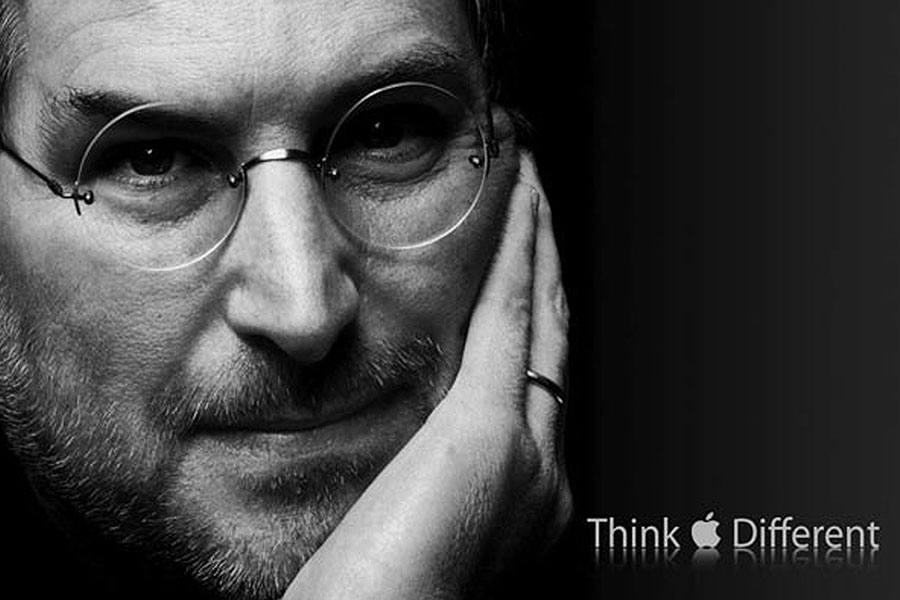That’s the underlying question in a 1997 video of Steve Jobs.
As you may recall, Jobs left Apple — the company he founded — in 1985. For more than a decade — as Jobs involved himself in other ventures — Apple crept along until it reached the brink of bankruptcy.
Jobs returned to the company in 1996 and began to develop a new vision for product development and messaging. The effort not only turned the company from bankruptcy to profitability, it led us all to “Think Different” about how we interact with computerized devices at work and play.
Jobs was inspired not only by the products Apple had on its horizon but by the company’s values. He saw communicating those values as a way to connect with potential customers on a level that focused on much more than product education. He wanted the world to know what his company stood for.
He believed that marketing is about values, and communicating those values inspired and excited him as much as developing new computerized tools.
Jobs was way ahead of his time. He collaborated with his agency to create one of the most effective marketing communications ever. It honored other visionaries and connected emotionally with his audience. And that connection translated into the purchase of his products and a re-invigoration of Apple.
Today, we talk a lot about how marketing is changing. Consumers are increasingly resistant to marketing that interrupts and pushes a “purchase” message upon them. With the advent of social media and content marketing, companies have entered a transitional stage where they both interrupt (through ads) and engage consumers through storytelling.
In many ways, advertising and PR are merging, which provides new opportunities to think first about how and what your company’s story is and how to tell it.
Jobs gets a lot of credit for envisioning many of the tools that are enabling that to happen. He gets less credit — and deserves much more — for discerning that connecting on an emotional level with your customer by sharing your values can create a lasting relationship.
Using the tools of the time, Apple’s “Crazy Ones” ad did interrupt with its message but, more importantly, it engaged and provoked thought.








